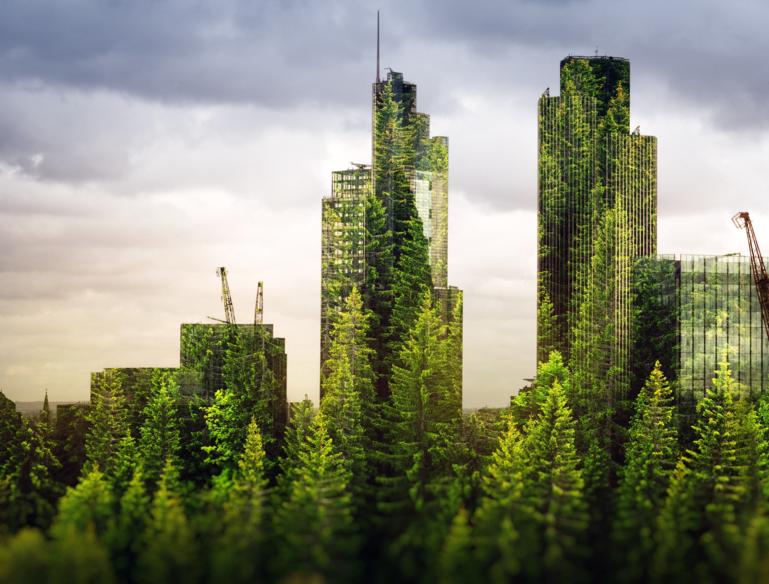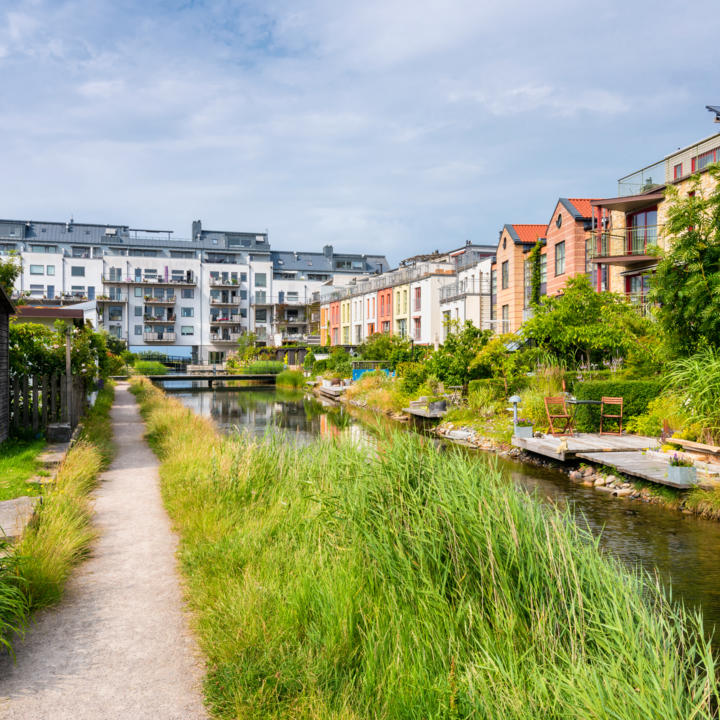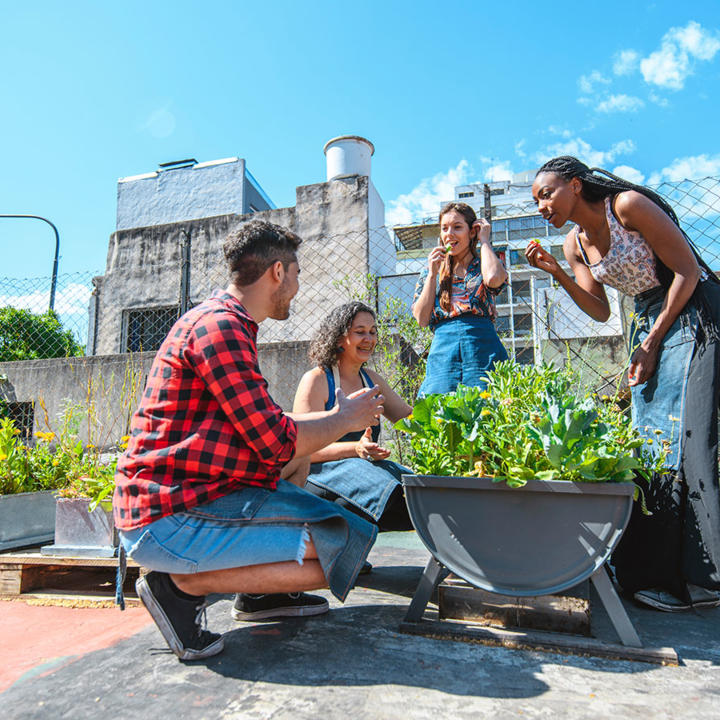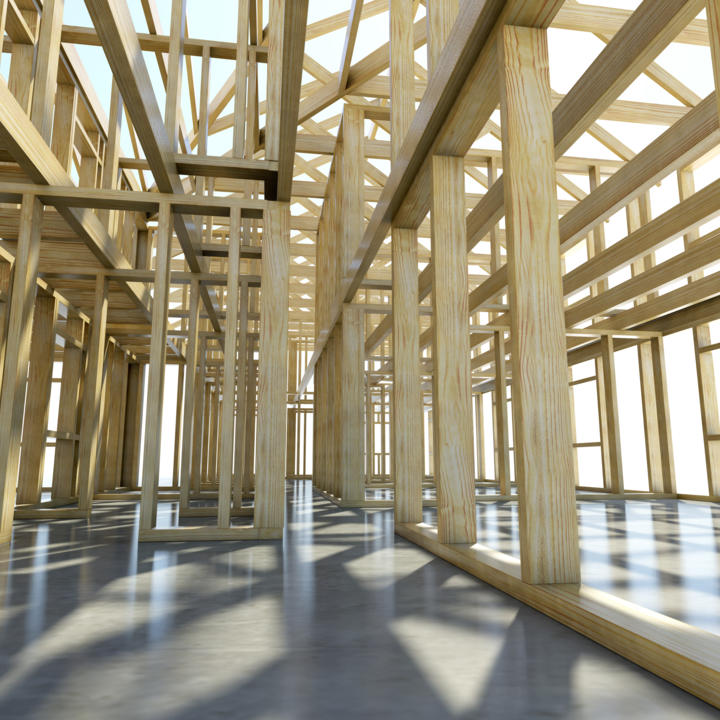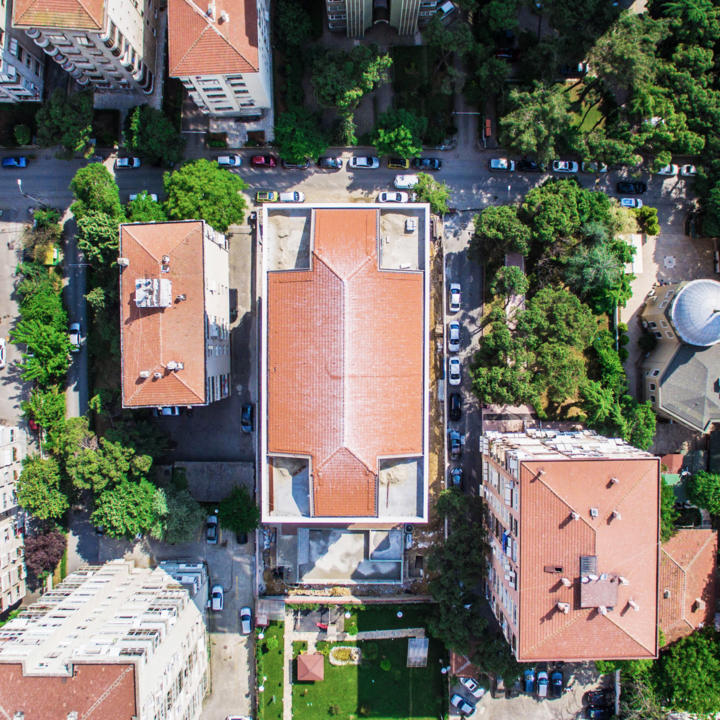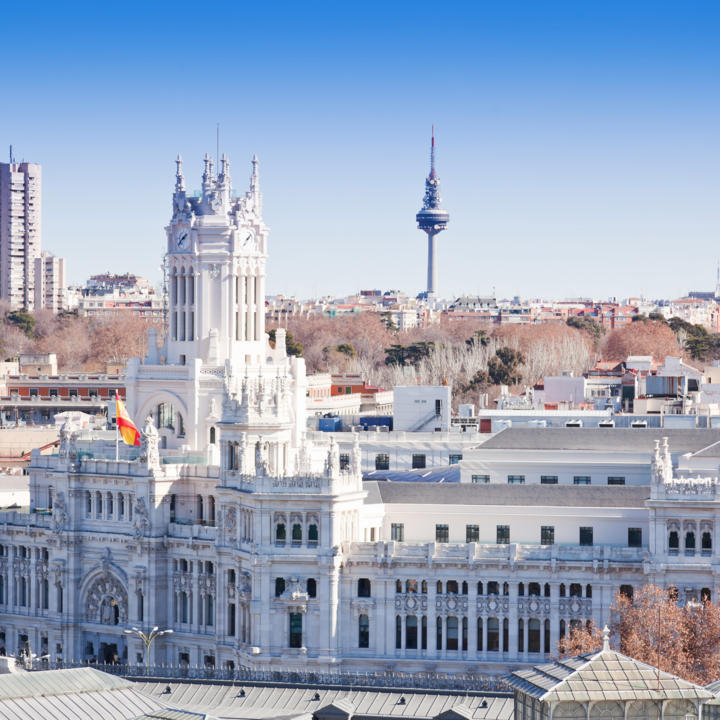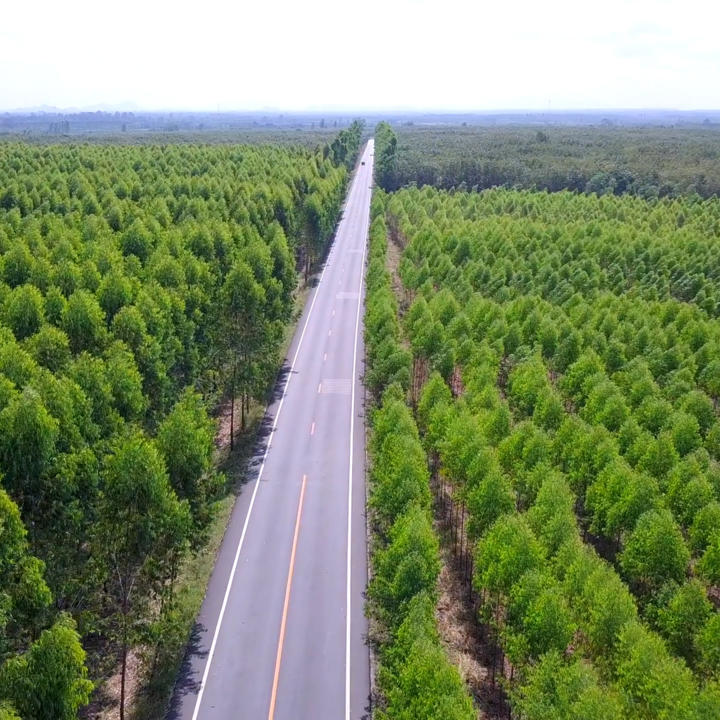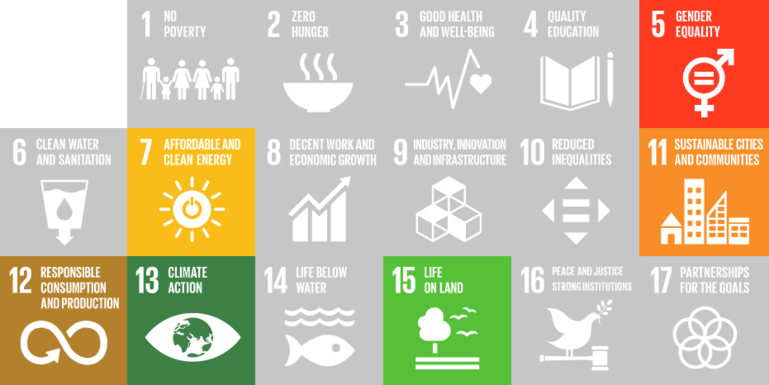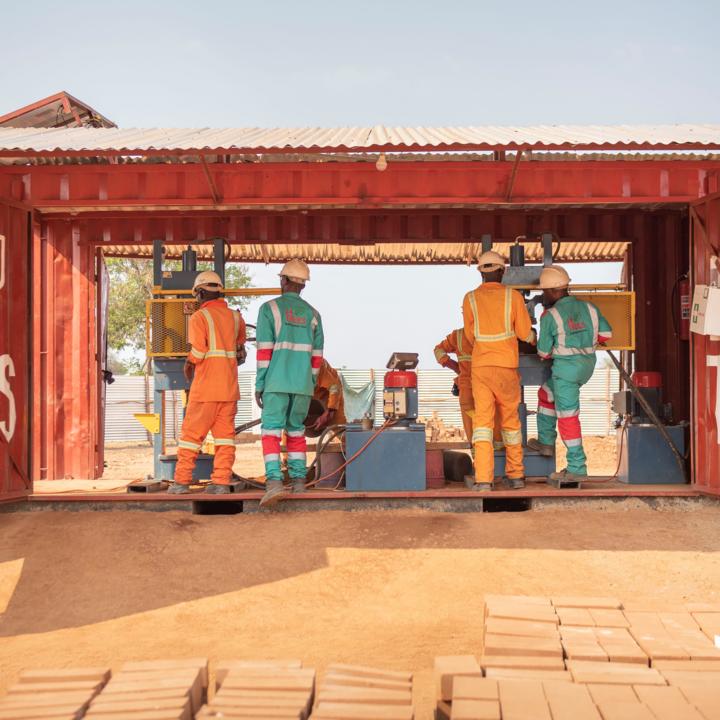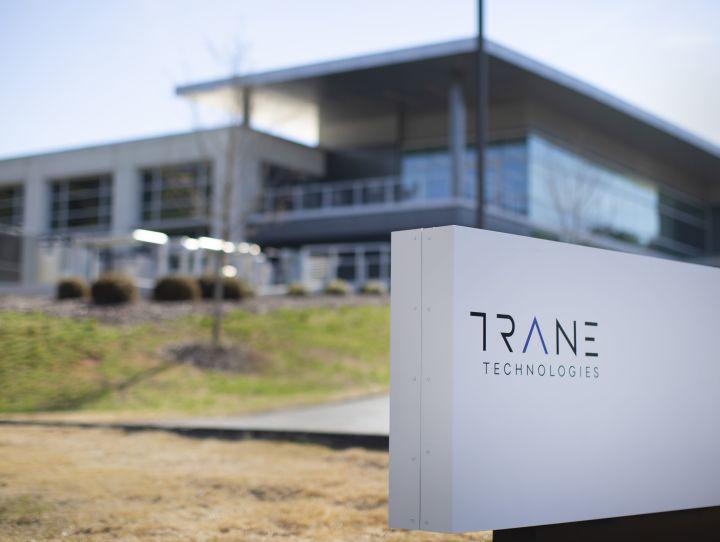Blueprint for a sustainable built environment
The built environment is where we live and spend most of our time. It is a crucial sector for the economy, accounting for roughly 10% of global GDP, but also a key driver of emissions, resource use and land use change across multiple sectors. In fact, it represents over one-third of global final energy use, generates nearly 40% of global energy-related greenhouse gas (GHG) emissions and consumes almost half of the total global raw material. The world will need an extensive build-up of urban infrastructure in the coming decades due to rapidly growing cities in emerging economies and new family structures and aging populations in developed economies. To welcome future space demands and limit global warming, we need to accelerate the shift toward a net-zero emissions, circular, healthy, inclusive and resilient built environment.
In the wake of the COVID-19 pandemic, governments are providing stimulus funding to restart economies. It is now more important than ever to consider the long-term value creation of urban built environment investments. Many tools and guidelines exist, but it is also essential to look at institutional and governance aspects of how cities, business and other stakeholders can work together to realize the vision of a sustainable built environment. In particular, it is important that cities, as well as investors, demand high sustainability outcomes in the projects they plan and finance.
How the blueprint works
This collection of case studies aims at illustrating WBCSD’s living spaces pathway, as set out in our "Vision 2050: Time to Transform", providing evidence from the experiences of WBCSD member companies on the value created by investments into a sustainable urban built environment. The case studies showcase existing or emerging sustainable solutions in the built environment. Together, they form a narrative, or ‘blueprint’, aligned with our vision, exhibiting the key principles of the sustainable built environment.
Ultimately, the goal is for the built environment to embrace the circular economy model, become net-zero carbon, inclusive, resilient and healthy for the people and the planet. Collaboration, digitalization, good governance and sustainable finance will enable this transformation. The blueprint aims to indicate the positive impact on communities and the environment generated by investing in sustainability projects. It can help to guide the development of a sustainable built environment to unlock investments and ensure that credible, high-quality projects receive funding. The case studies and principles outlined here are not an exhaustive list, but rather an illustration of what a sustainable built environment could look like.
Principles for a sustainable and circular built environment
A sustainable built environment is circular, designed for longevity, flexibility, adaptability, assembly, disassembly, reuse and recoverability, and considers future climate risks. It uses low-carbon, low-impact, non-toxic materials and it recovers used resources (materials and products on-site or from other sites). It is powered by renewable energy, ensures sustainable water consumption and enhances the wellbeing and safety of people. Green spaces, natural biodiversity and nature-based solutions increase resilience, wellbeing and social connectivity. It prioritizes sustainable and shared mobility.
To see the principles, click on the icons below:
Link to the SDGs
The UN Sustainable Development Goals (SDGs) offer a framework through which business and networks can translate needs and ambitions into solutions across the entire value chain. By defining global priorities and aspirations for 2030, they can provide a lens to build various sustainability goals and targets into the design and operational phases of construction and building projects. Almost all 17 SDGs are highlighted as relevant goals amongst the case studies provided by WBCSD members. SDG11 – Sustainable Cities and Communities – has the strongest link to construction projects. Other pertinent ones have been highlighted throughout the blueprint.
Case studies
The case studies show how cities, businesses and other stakeholders can work together to realize the vision of a sustainable built environment that creates social, environmental and economic value. In all the projects outlined, sustainability lies at the core of the project design and implementation. Although categorized based on their main key feature, they all embrace and touch upon not only one but different sustainable principles.
The case studies also illustrate some of the key enablers to achieve sustainable outcomes, notably the critical importance of collaboration and inclusion of sustainability at the very beginning of projects, including broad stakeholder engagement and the use of digitalization to enable the flow of critical information across all life-cycle stages of projects (planning, design, construction, use, and end of life).

